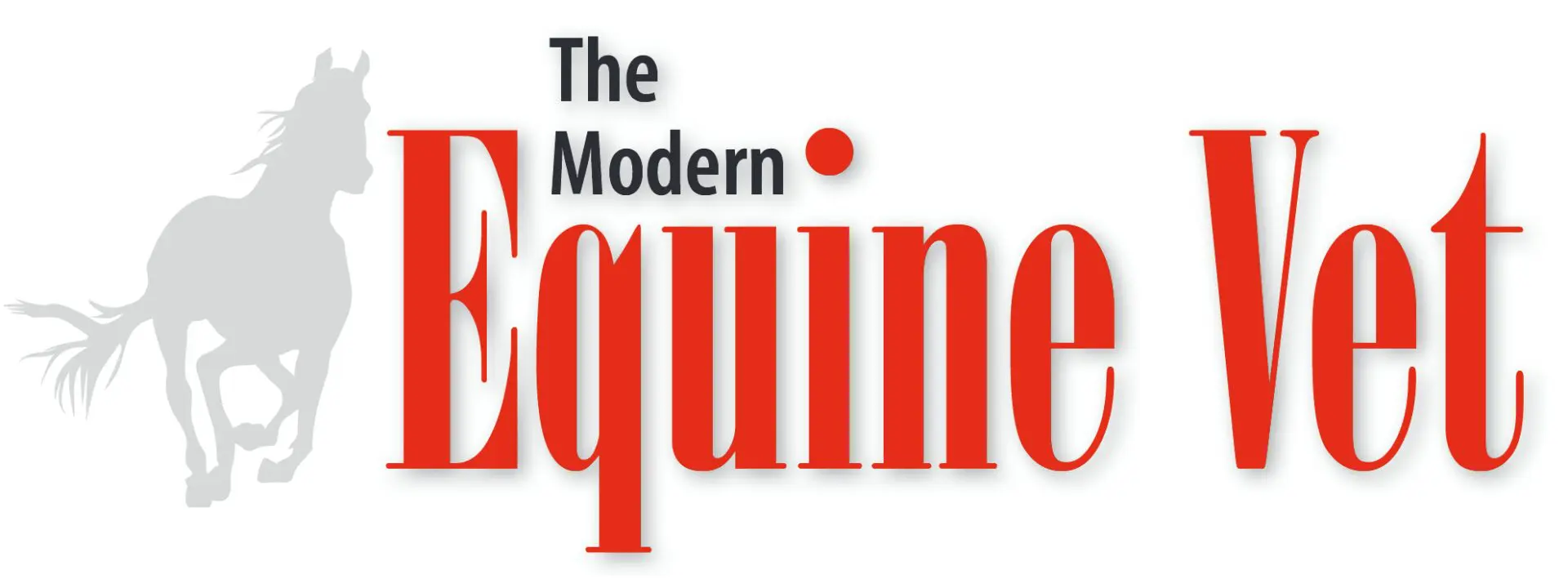INTERNAL MEDICINE
Long-Lasting Effects Seen After Intra-articular Triamcinolone
Fourteen days may not be long enough for the corticosteroid triamcinolone acetonide to clear before a race, according to a new study.
READ MORE ![]()
Moving One Step Forward in Treating Arthritic Horses
By Marie Rosenthal, MS
Pentosan polysulfate at a dose of 3 mgs/kg given intramuscularly once a week was safe and effective in decreasing osteoarthritis (OA) in horses, according to a recent study presented at the American Association of Equine Practitioners annual meeting.
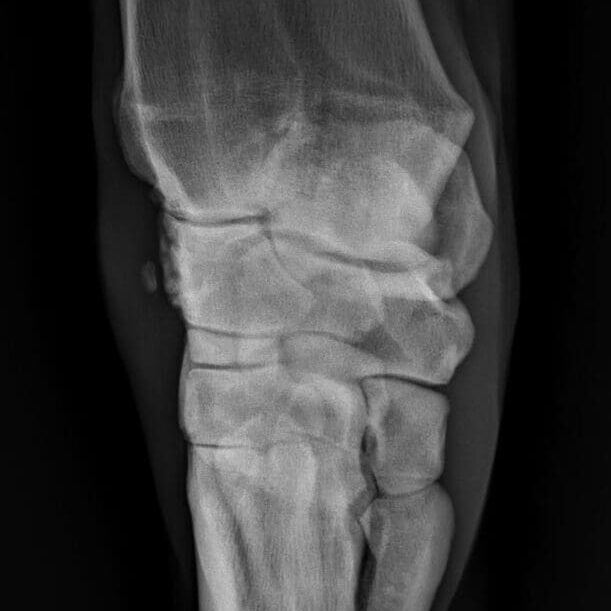
Collaborative Care Saves Horse from Chronic Colic Condition
By Rob Warren
Oskie, a 20-year-old Arabian gelding, had numerous mild colic episodes over the past 2 years, which were treated by his owner, a veterinarian. But when she treated him a dozen times in 1 month, she brought him to the University of California, Davis for a thorough examination.
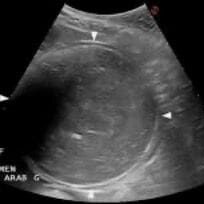
What’s the Reliability of Inflammatory Biomarker Testing After Penicillin G Injections?
Repeated intramuscular (IM) injections of procaine penicillin G may add insult to injury—resulting in an acute phase response (APR) that could make it more difficult to interpret some biomarker testing, according to a recent study out of the Universities of Illinois and Arizona.
New Bugs Seen in Old Problem
By Marie Rosenthal, MS
The number of organisms linked to placentitis in mares is increasing, according to Margo L. Macpherson, DVM, MS, DACT, a professor at the University of Florida, College of Veterinary medicine. This is especially true with focal mucoid placentitis.

Simpler Method for Equine IVF
By Katherine Unger Baillie
A conventional in vitro fertilization (IVF) technique for horses was developed by Katrin Hinrichs, DVM, PhD, DACT, and colleagues at New Bolton Center.

Rethinking Cutoffs for Insulin Dysregulation
By Brianna Clark, BVSc (Hons), MANZCVS with Paul Basilio
Insulin dysregulation is a central component of equine metabolic syndrome, and it is closely associated with laminitis in equids of all stripes, including ponies and donkeys.
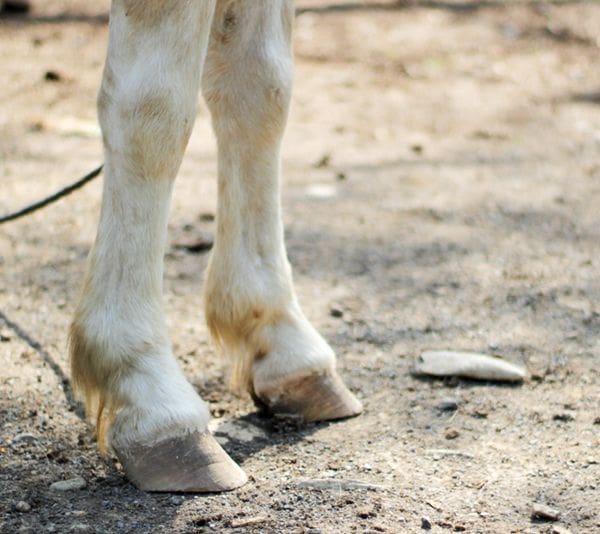
Thoroughbred Performance Prognosis After Joint Septic Arthritis
The prognosis for survival in Thoroughbred foals with a single joint septic arthritis was high at 93%, and owners and trainers can expect them to race again, but their total earnings might be lower than their siblings that did not have the condition, according to a recent study.

Is Frozen-Thawed Semen as Viable as Fresh, Cooled?
By Marie Rosenthal, MS
Many horse breeders resort to shipping frozen-thawed semen when fresh, cooled is not available, but is it a viable alternative? It just might be, according to Peter Daels, DVM, PhD, ECAR, DACT, a professor of veterinary medicine, at the University of Ghent, in Belgium, who presented a small study at the annual British Equine Veterinary Association Congress where he and his 2 PhD students, Margo Verstraete and Machteld van Heule, looked at the differences between fresh, cooled semen and frozen-thawed semen.
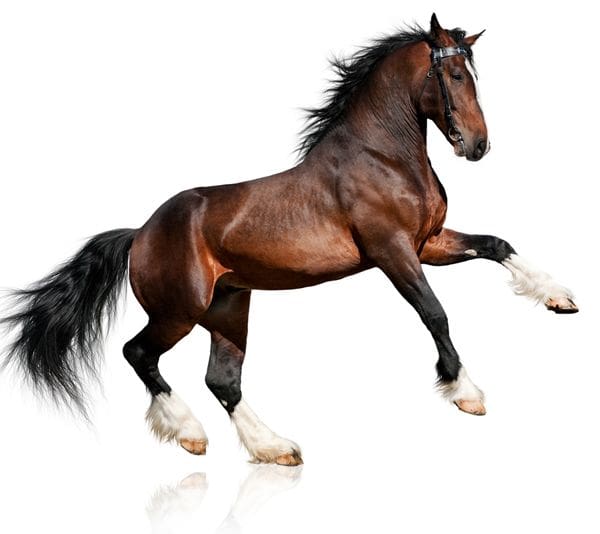
What Role Does Insulin Sensitivity Play in Cardiac Function?
By Paul Basilio
During the past several years, interest in equine metabolic syndrome (EMS) appears to have outpaced the clinical understanding of the condition. In humans, metabolic syndrome is defined as a collection of risk factors that develop in genetically susceptible people as a result of chronic, inappropriate dietary intake and insufficient activity.
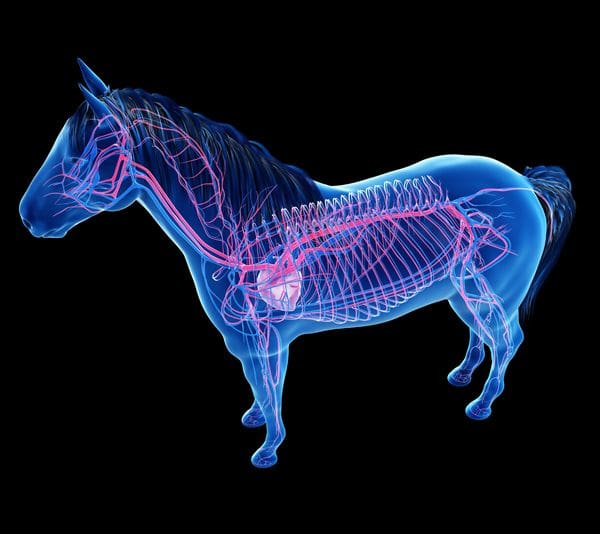
Biodiversity of Microbiome May Reduce the Risk for Various Diseases in Young Foals
By Marie Rosenthal, MS
A study looking at the microbiome of young horses found that those with higher bacterial diversity in the gut at 1 month old had a reduced risk for various diseases, particularly respiratory and soft tissue diseases, according to Chris Proudman, MA, VetMB, PhD, CertEO, FRCVS, who presented his data at the annual congress of the British Equine Veterinary Association.
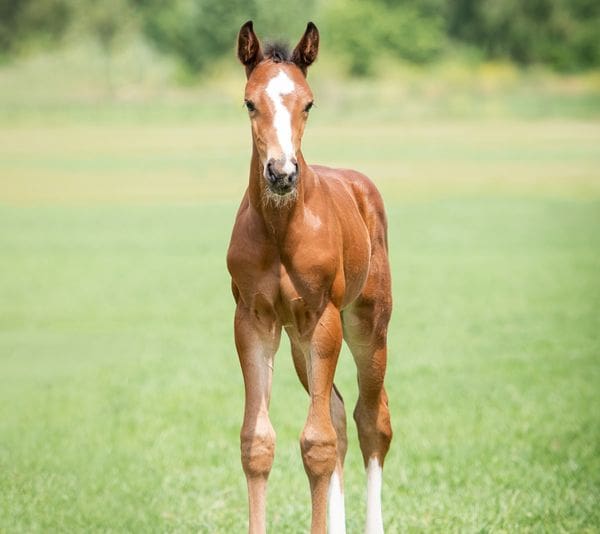
AAEP Releases Equine Cutaneous Leishmaniasis Guideline
The American Association of Equine Practitioners (AAEP) published comprehensive guidelines for managing equine cutaneous leishmaniasis, a non-fatal infection that causes cutaneous lesions usually appearing as nodules on the head, pinnae, scrotum, legs and neck.
Owner of a Broken Heart: Donkey Receives Pacemaker
By Melanie Greaver Cordova
A 3-month-old miniature donkey named Nix underwent cardiac surgery at Cornell University College of Veterinary Medicine to implant a pacemaker. When Nix was just a few months old, she began having collapsing episodes and overall lethargy. Joan Ayers, DVM, of Genesee Valley Veterinary Hospital, examined the miniature donkey on her farm in Canandaigua, New York, where Nix lives with her parents, June and Hoot, a miniature donkey named Charlie, and a herd of goats.
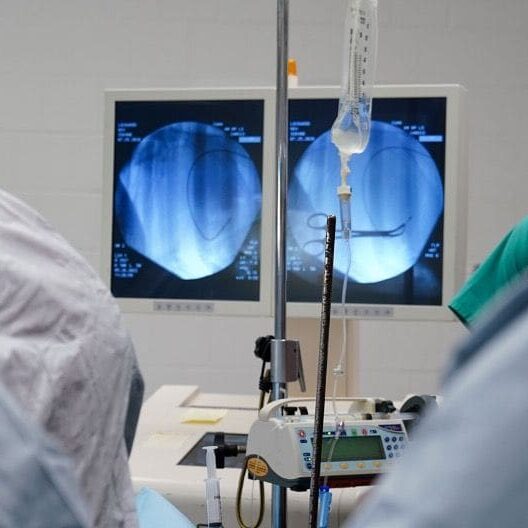
Pleuropneumonia and a Surprise in the Oven Threaten the Life of Thoroughbred Mare
By Rob Warren
Lillipad, an 11-year-old Thoroughbred mare who was labeled barren at auction and went unsold, was rescued by Jillian Fallon of Reno, Nevada. The trailer ride to her new home was uneventful, but the horse started to deteriorate shortly after arrival. Ms. Fallon noticed that the mare’s respiration, heart rate and temperature were all elevated to dangerous levels. A local veterinarian performed an ultrasound and found fluid build-up in and around both lungs and diagnosed pleuropneumonia.
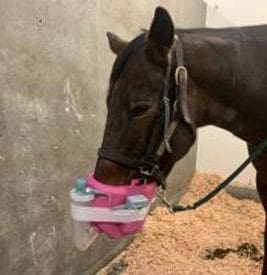
AAEP to NRHA: Reconsider Sedative Rule
The American Association of Equine Practitioners (AAEP) asked the National Reining Horse Association (NRHA) to reconsider its recent policy allowing the use of compounded romifidine for sedative effects 30 minutes before a competition. The AAEP said the medication could have a negative impact on the health and welfare of both horse and rider.
Ultrasonography Could Save Racehorses From Bucked Shins
When racehorses enter training at about 2 years old, they can develop bucked shin—tiny stress fractures and new bone formations in their legs, which occurs in about 70% of the animals, leading to pain and delays in training schedules.
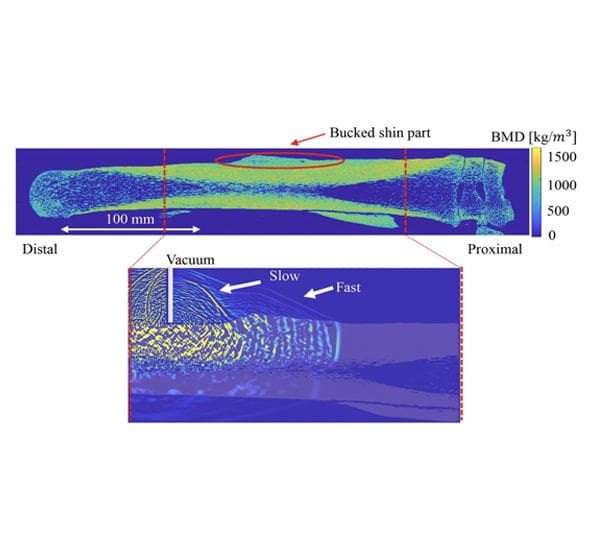
Poor Performance: Could Chemistry Show the Way?
By Paul Basilio
Poor performance is a common cause for concern in racehorses, and the cause can be anything from an occult medical disease to a lack of fitness or just a bad outing, according to Thomas J. Divers, DVM, DACVIM, DACVECC, professor at the Cornell University College of Veterinary Medicine.

In Search of Drug Data for Donkeys
By Paul Basilio
The global donkey population is thought to grow approximately 1% each year, and they are increasingly being recognized as valuable agricultural working animals in addition to their growing role as therapy or companion animals.
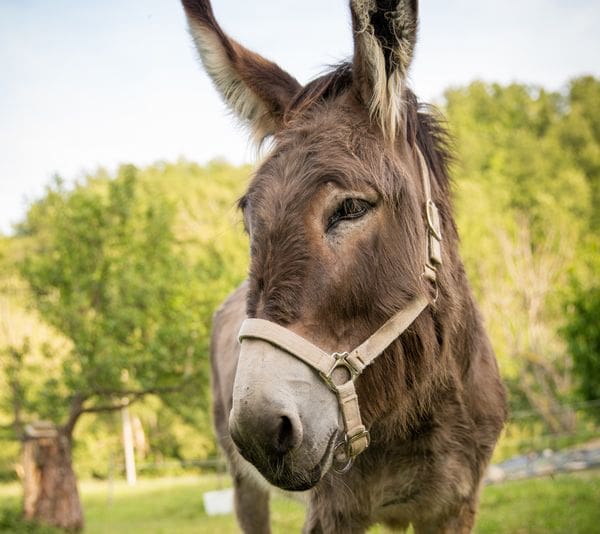
Managing Novel and Puzzling Equine Hepatitis
By Marie Rosenthal, MS
Although there is a good amount of ongoing research studying equine hepatitis viruses, they can be tricky to diagnose, according to Joy Tomlinson, DVM, DACVIM, a research associate at the Baker Institute for Animal Health at Cornell University College of Veterinary Medicine, in Ithaca, NY. There is no vaccine nor specific treatment for these equine conditions.
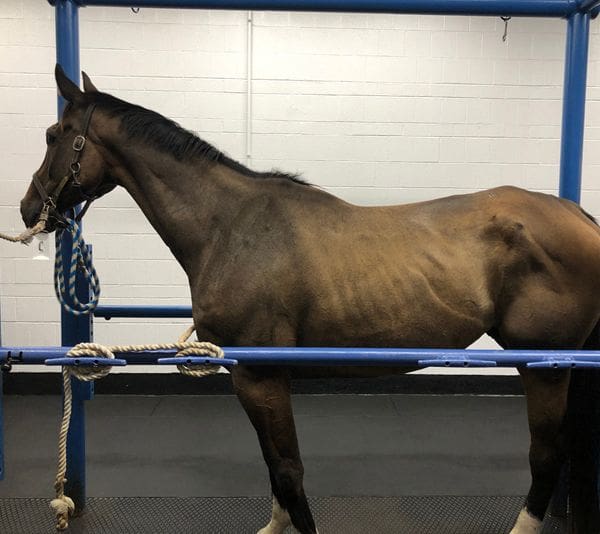
Diode Laser Safely Reduces Iris Cysts
By Adam Marcus
Diode laser therapy can safely reduce the size of iris cysts in horses, although the treatment is less effective in animals with multiple cysts, thick-walled cysts and cysts incorporated in the corpora nigra in the eye, Dutch researchers have found.
Equine Hepatitis Viruses Improves the Understanding of Human HCV
Horses with viral hepatitis may serve as an animal model for researchers looking for a vaccine against hepatitis C virus (HCV) in humans. Research is being done to compare the viruses found in humans and horses to see why HCV is more likely to progress to liver failure and cancer than equine hepatitis viruses are.

Predicting Laminitis in Ponies
Information gathered from the clinical examination, blood analysis or the client’s descriptions of the pony’s management can all be used to assess laminitis risk, according to a recent study. The basal or oral glucose insulin concentrations can be used to classify the animal’s risk as high, medium or low, so that prevention strategies can be implemented among those at highest risk.
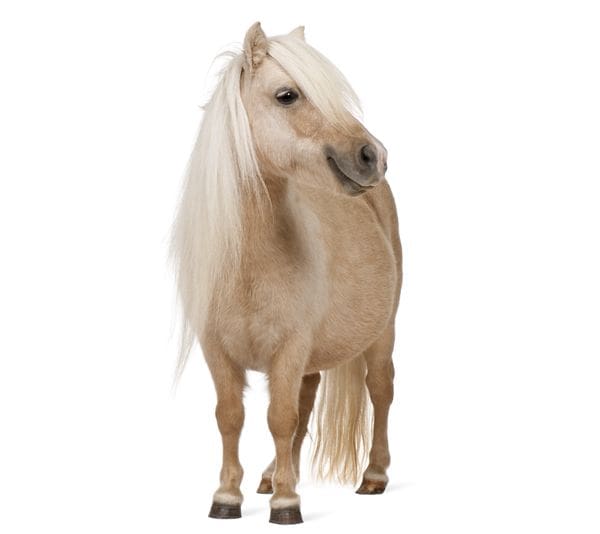
Endocrine System in Donkeys: It’s Just Different
By Marie Rosenthal, MS
One of the most important things to realize when treating donkeys with endocrine disorders is that donkeys are not small horses. “They are not,” insisted Ramiro E. Toribio, DVM, MD, PhD, DACVIM, a professor of equine internal medicine and the Trueman Endowed Chair of Equine Medicine and Surgery at The Ohio State University, in Columbus.
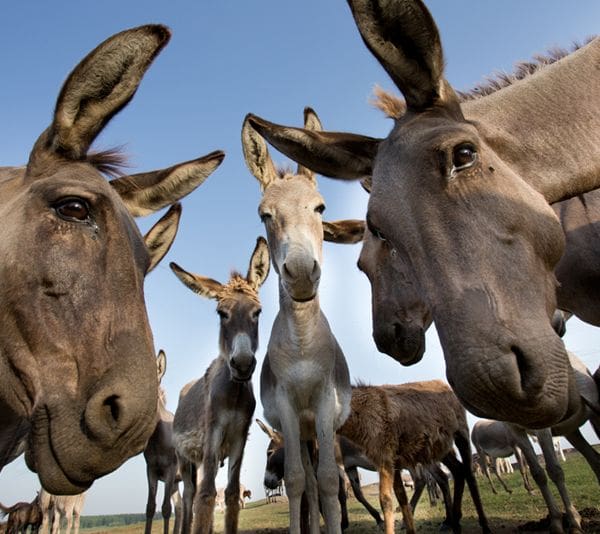
How Sperm Protect Their Membranes From Oxidation
A comparative analysis of the lipid profiles of sperm found major differences in the composition of lipids in sperm and seminal fluid, with more closely related species such as domestic cattle, domestic pig and domestic horse showing similarities in lipid profile.

The Fight Against Resistant Rhodococcus Equi
By Paul Basilio
Antimicrobial resistance is a growing global threat that crosses geographic and species barriers. While resistant Staphylococcus and Enterococcus strains tend to dominate the headlines, an increasing number of researchers are paying closer attention to Rhodococcus equi.
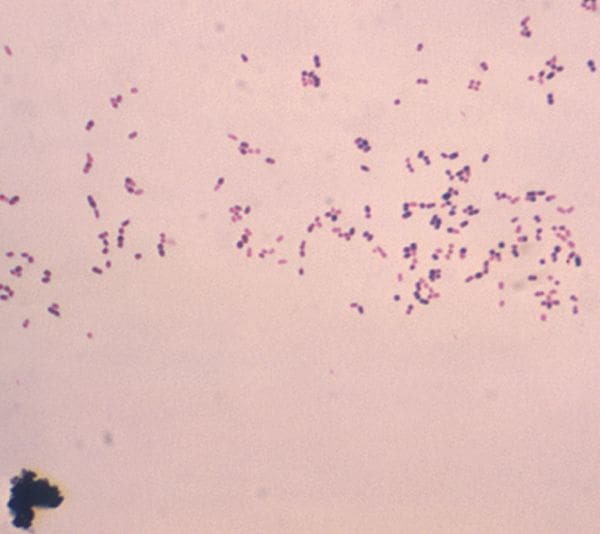
Gut-Performance Connection
By Marie Rosenthal, MS
Although many people immediately look at the limbs when a horse is not up to par, poor performance can be multifactorial, warned Frank M. Andrews, DVM, the clinical service chief of large animal medicine at Louisiana State University College of Veterinary Medicine.

Laying the Groundwork for Evidence-Based CBD in Horses
By Paul Basilio
As cannabidiol (CBD) continues its ubiquitous spread from pharmacies to gas stations to pet stores, it’s natural that owners are considering it for their horses. The products are marketed to reduce anxiety and pain, but human data about the safety, efficacy and pharmacokinetics of these treatments are limited, and there are even fewer data about its use in horses.
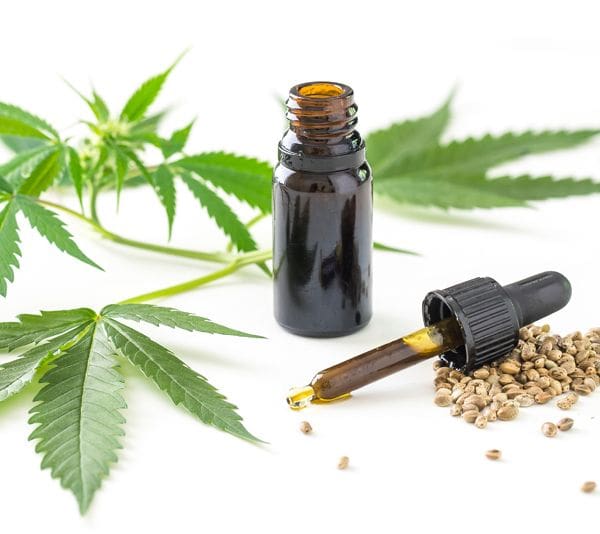
5 Ways Ultrasonography Improves Foal Care
By Marie Rosenthal, MS
Anyone who manages foals understands the challenges of treating these young horses whose health can be precarious. A foal that looks fine can be “extremely sick within minutes to hours,” explained William F. Gilsenan, VMD, DACVIM (LAIM), an internal medicine specialist at Rood and Riddle Equine Hospital.

AFib Rate Could Offer Non-Invasive Predictor of Recurrent Arrythmia
By Adam Marcus
Noninvasive cardiac testing can accurately predict which horses are likely to experience relapses of atrial fibrillation (AFib) after treatment for the arrhythmia, researchers found.

Simple, Serial Lavage Helps ID Horses Carrying S. equi
By Adam Marcus
Identifying horses at risk for spreading strangles may have gotten significantly more efficient, thanks to research from Sweden that shows that repeated negative samples of wash from the animals’ nasal passages almost always indicates they no longer carry harmful microbes.
Cellular Receptors Identified for EEE
Harvard Medical School researchers identified a set of cellular receptors for at least 3 related alphaviruses shared across mosquitoes, animals and people. This information could lead to better diagnosis and treatment.
Discovery of New Hendra Virus Variant in Horses a Lesson in Emerging Disease Surveillance
A new variant of the Hendra virus was identified by Sydney-led research as a cause of fatal illness in Australian horses, and of risk for virus spillover into humans.Hendra virus circulates among flying foxes and is fatal to horses and people. All flying-fox species in Australia are capable of being infected with the virus and may transmit it to people through spillover infection of domestic animals through exposure to infected fluids, such as urine. Flying foxes are a protected species, critical to the environment because they pollinate native trees and spread seeds.
